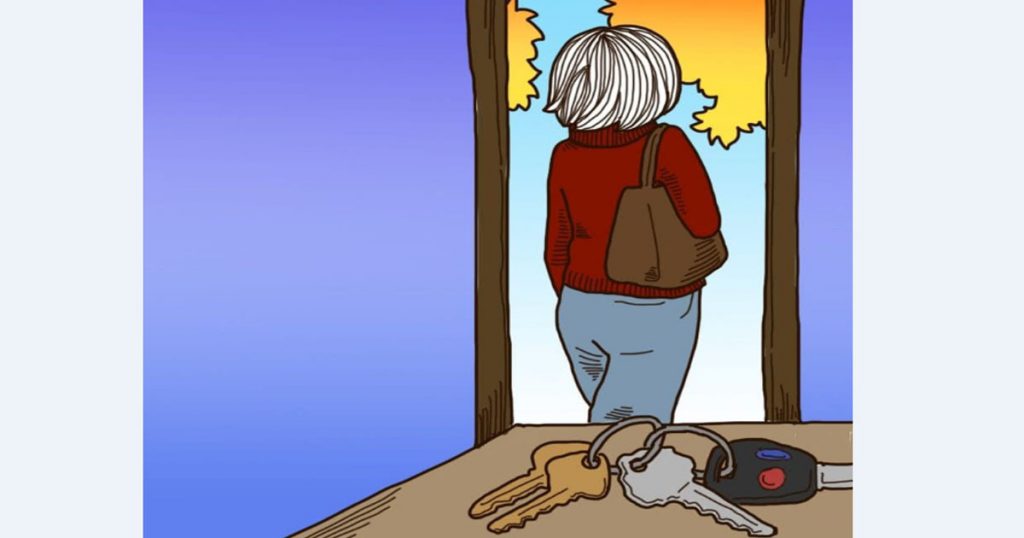Lee Broadway, a 41-year-old mom of four from North Carolina, knew something was different about the headache she experienced on April 1. Her husband, Eric, told People.com that his wife had suffered from migraine headaches since childhood. However, when Eric got a phone call from his wife to come home immediately, he knew something had to be terribly wrong.
Lee said she was experiencing “the worst headache of her life” and Eric rushed home. Immediately, he saw her in pain like never before. They went to to the hospital for help. Sadly, two days later, Lee died from complications from a brain aneurysm—a weak area in the wall of a blood vessel that causes the blood vessel to bulge or balloon out.
“We’re still in shock,” Eric told People.com. “Especially for the kids. They’re all grieving in their own ways.”
Migraine Vs. Aneurysm
As a follow up to the Broadway family’s story, People.com reached out to a neurosurgeon to discuss the difference between migraines and aneurysms. Dr. Howard A. Riina of the NYU Langone Medical Center echoed a statement Lee made when complaining about her condition.
Aneurysm pain can be described as the worst headache of someone’s life, he said.
“It’s not surprising for someone to come into the emergency room—even if they have a history of headaches or migraines—and say they feel like they’ve been struck by lightning or have a headache that brought them to their knees,” Riina told People.com.
Know The Symptoms Of An Aneurysm
The similarities between migraines and aneurysms pose a challenge for doctors and patients. Still, it is important to know what to look for if you have a severe headache.
Aneurysm warning signs include:
- Sudden worst headache of your life
- Sudden sensitivity to light
- Stiffness of neck with no warning
- Sudden sharp pain behind or above one eye
- Quick onset of blurred or double vision
- Numbness and tingling in facial area
- Sudden loss of consciousness
- Sudden confusion or change of mental status
- Seizure
- Perceived “gun shot” noise or extremely loud “BOOM”
- Drooping eyelid
- Nausea and vomiting
Seek medical attention if you experience any of these symptoms. Don’t try to pass it off as just another headache. It can mean the difference between life and death.
Source






